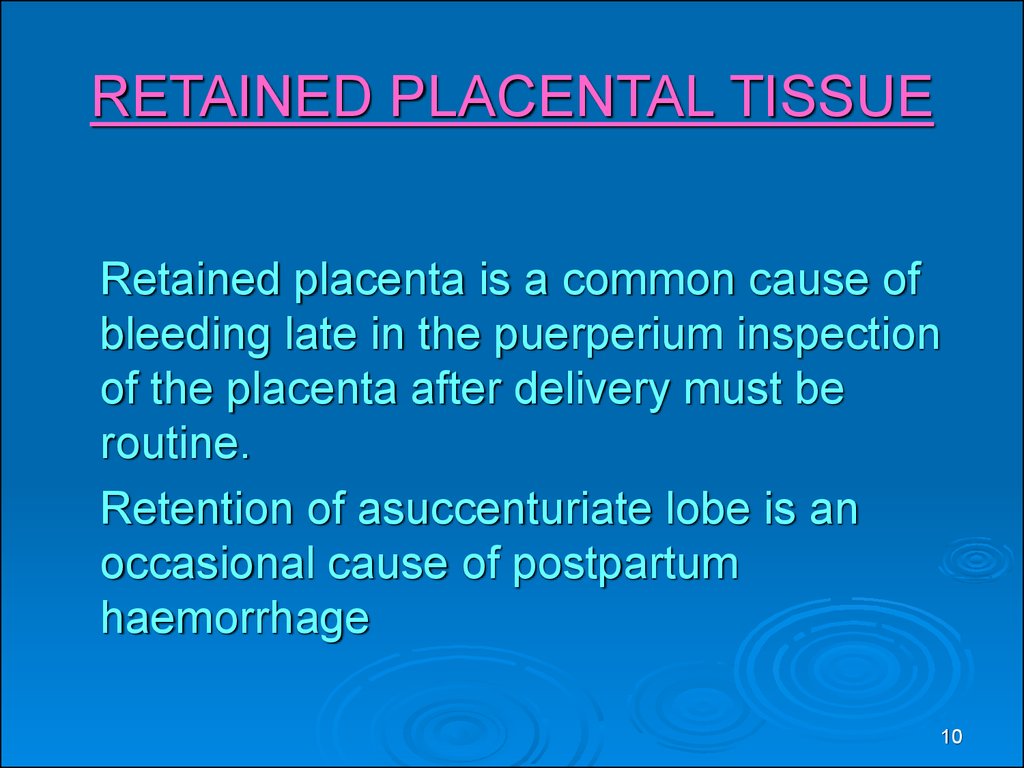
When the placenta can’t be delivered naturally, a rare ( but rising according to the American College of Obstetricians and Gynecologists) and life-threatening condition of retained placenta can occur.Īny time the placenta (in whole or in part) has not been delivered within 30 minutes of the baby’s birth, it falls under the umbrella of “retained.” But for some people, like me, it can take days (or even weeks) to find out that something is wrong. However, in roughly 2% of cases, the third phase has challenges. The uterus starts contracting to prep for the baby. Under normal conditions, labor happens in three (general) stages:ġ. What Is Retained Placenta? And Why Does It Happen? Something wasn’t right about the way my body was healing after giving birth.Īs it turned out, I was suffering from retained placenta - a painful and potentially life-threatening condition that limited my ability to be mentally present and physically recover during my first weeks of motherhood. In the end, I listened to myself and my mother. I expected motherhood to be hard, but no one had prepared for me just how hard this transition would be.Īs a first-time mother, I wasn’t sure if what I experienced was normal - like medical practitioners insisted - or if I should trust my intuition. And my uterus and private areas were in an immense amount of pain.

My milk had come in within the first few days, but my supply was low. Walking as little as five feet was unreasonably painful.

After my first pregnancy, I had a lot of complications.


 0 kommentar(er)
0 kommentar(er)
